Across the lane from the Picasso Museum is the Museum of World Cultures. It was a Sunday and the Picasso had a long line and was already quite crowded. This museum on the other hand was practically empty, so I took advantage of the low crowd only to be greet with the news that it was free that day!
This was the first museum I recall where they used a plastic rather than glass to protect artifacts. The difference is a huge reduction if photo reflection
The apparent goal of the museum is to share divers collections of artistic and cultural pieces. Opened in 1948, it combined nearly 3000 objects from other museums across Catalonia and incorporated the Albert Folch collection of another 2400 pieces.
I began in the Africa Exhibit with masks and reliquary figures
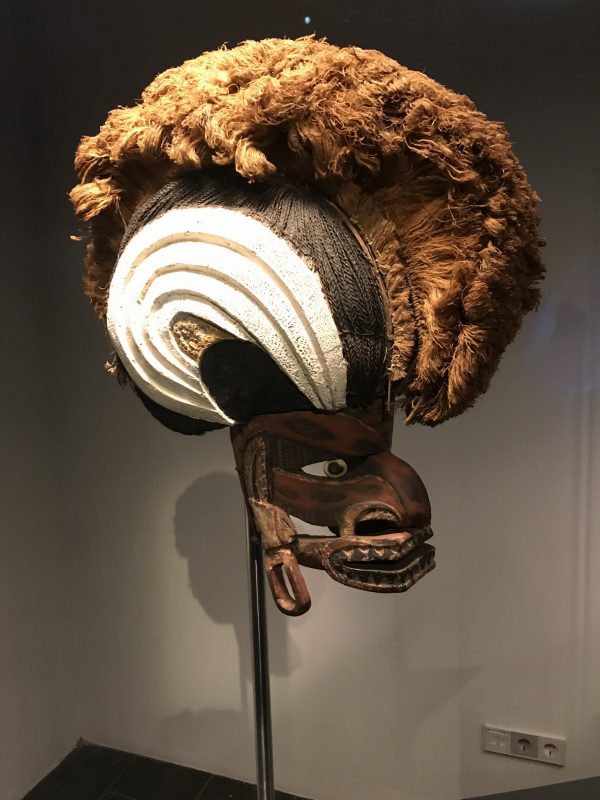
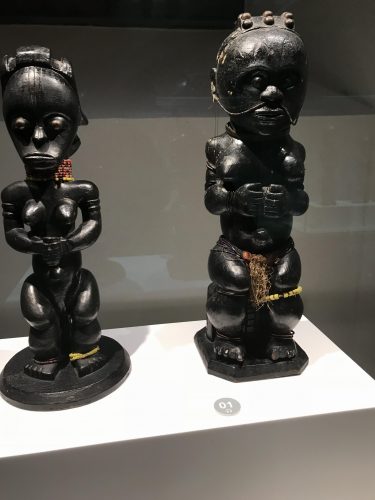
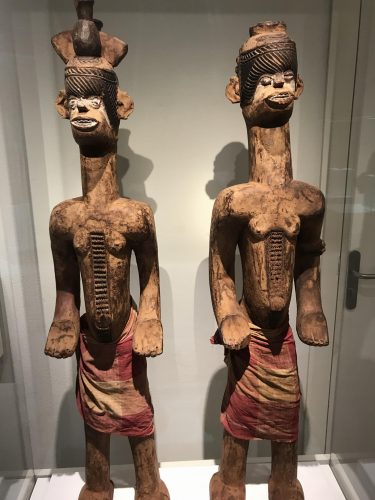
From Nigeria we see Osun, the goddess of freshwater, and therefore, obviously an important goddess and her attendants. On the right a woman with a vessel to hold divination instruments. It is believed the artist was Olowe of Ise in Nigeria in the 1920’s.
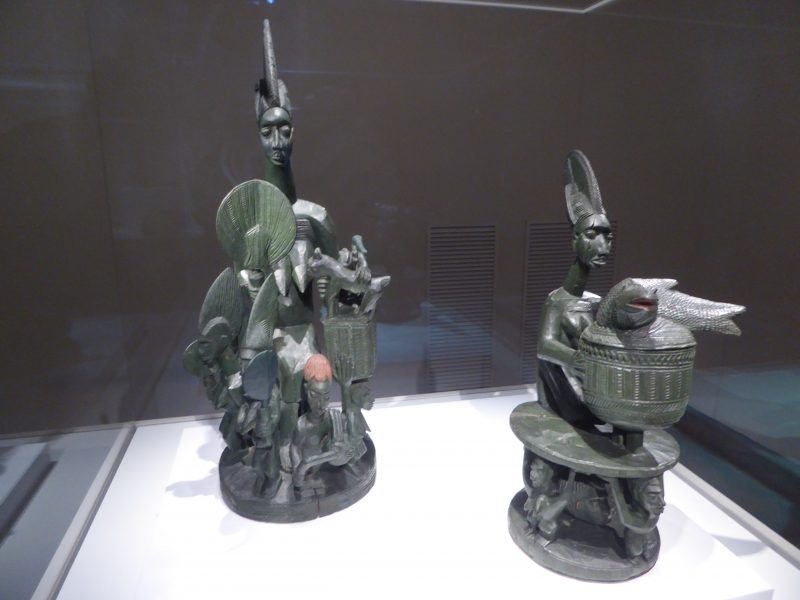
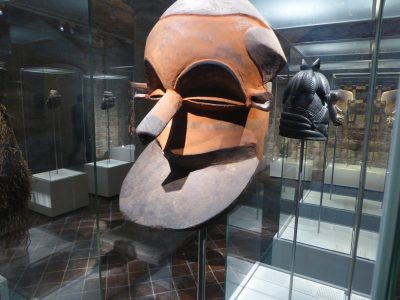
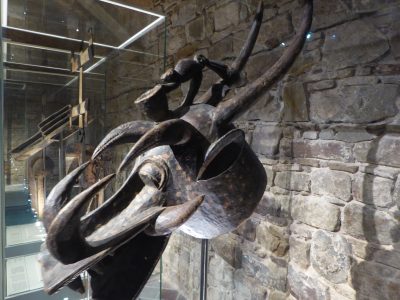
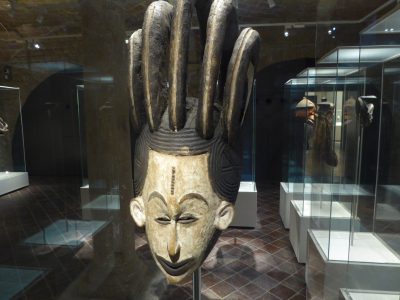
New Guinea offers head pieces from canoes, shields and weapons and decoration from “Men’s Houses”
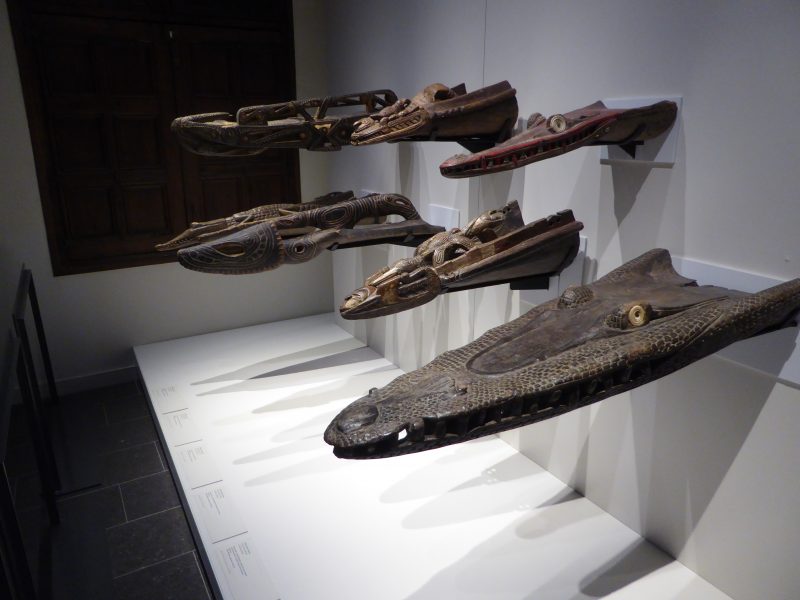
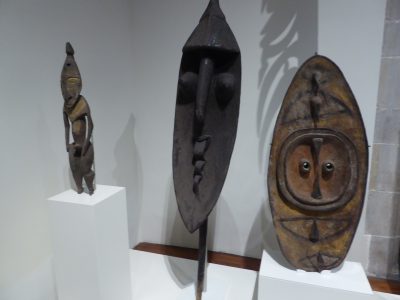
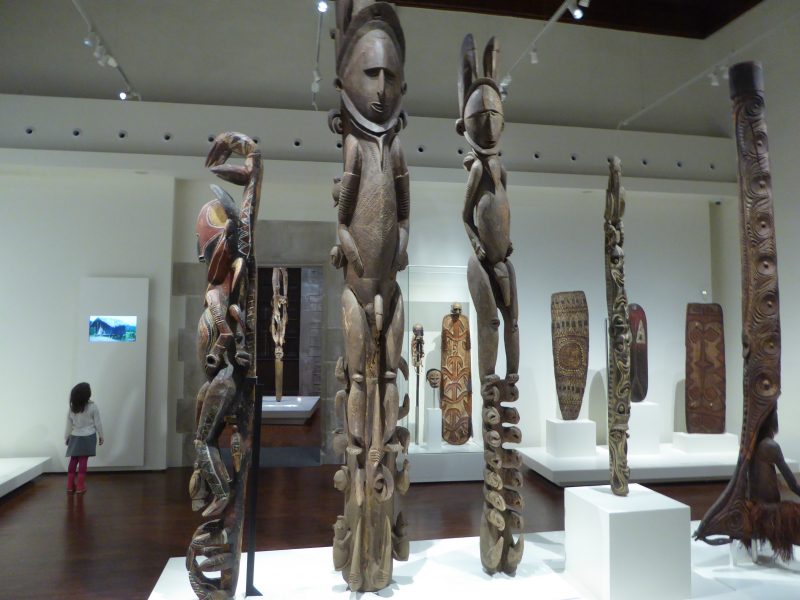
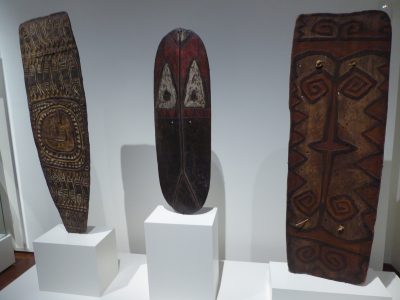
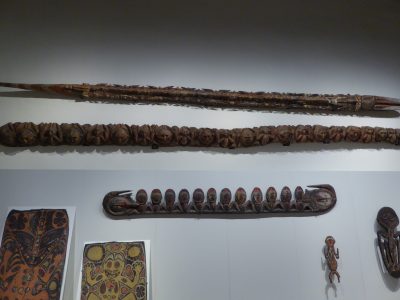
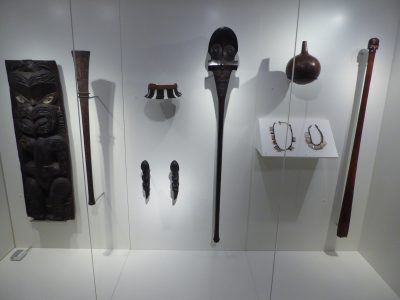
A ‘Men’s House’ was a central building in the village where ceremonies took place where the primary intent was to maintain male authority and social order. Sounds a tad familiar.
Bisj poles were erected at mortuary rites to lead the souls of the deceased who had been avenged in a headhunt to the ancestral world. Each pole is carved from a single tree trunk. The trunk is turned upside down to allow the elaborate and often phallic carvings.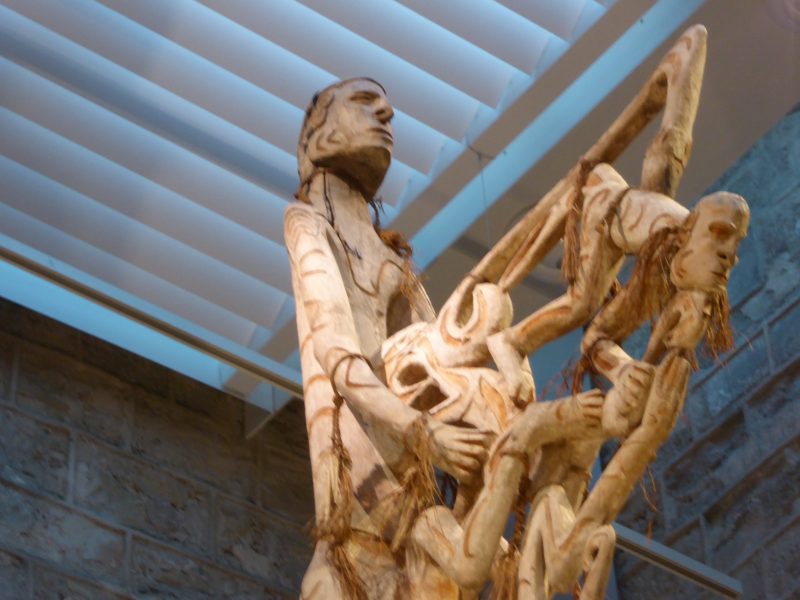
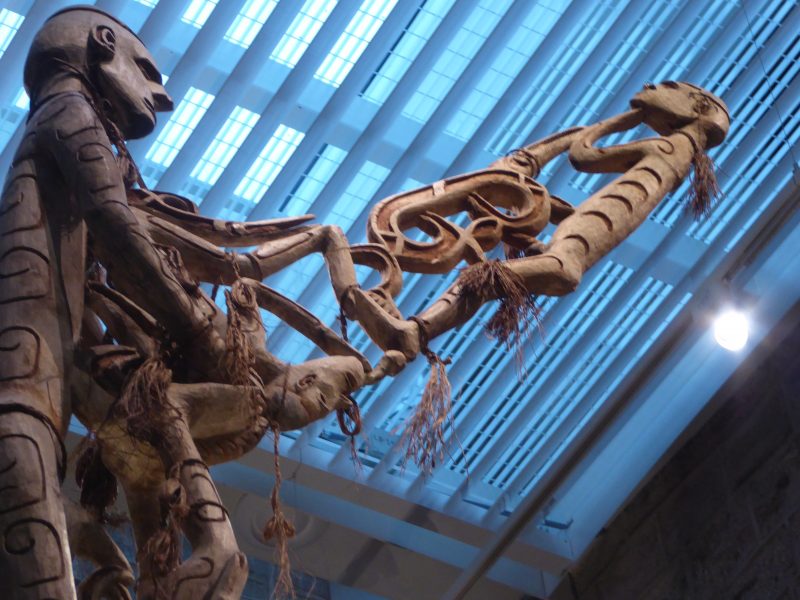
In Northern Australia bark was used as canvas.
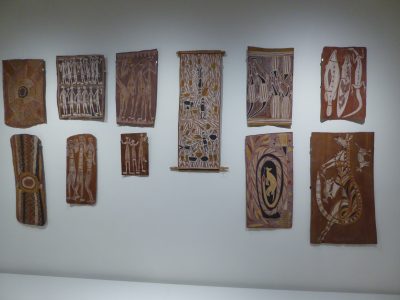
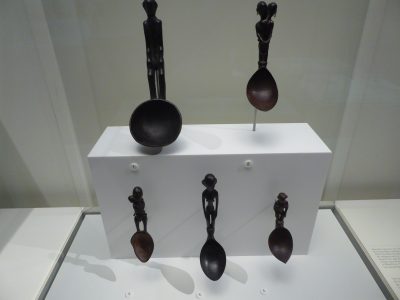
Figures concealed the datu or priest’s magical potions.
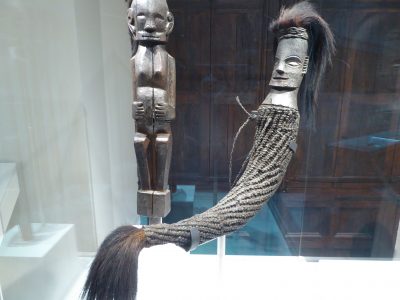
The Daku’s magic staff was the most important for it could protect against illness, provide fertility to the earth and virility to men!
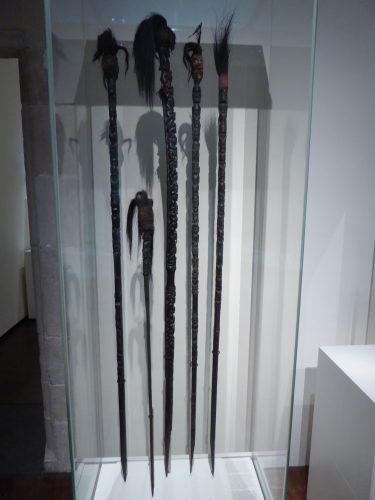
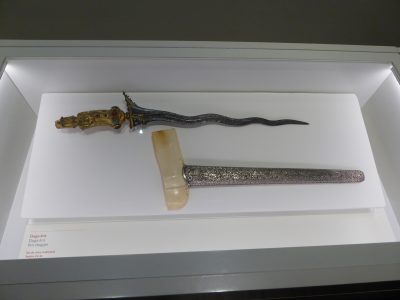
As I often remind myself, LOOK UP! The ceilings these old builds are often art in themselves.
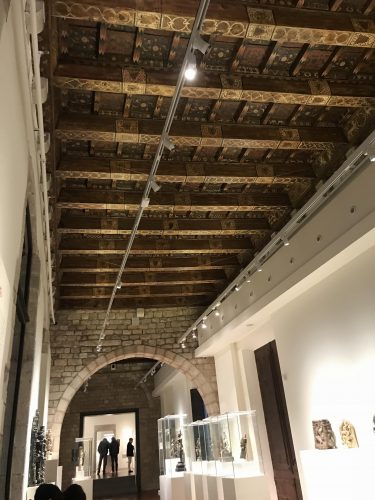
Puppets
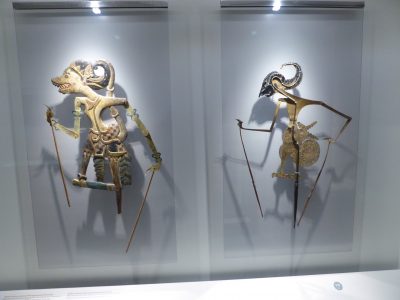
And in the next room I am in Asia, specifically with a collection of Hindu art.
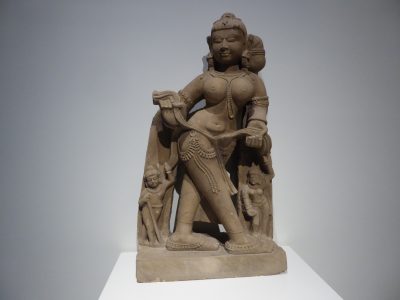
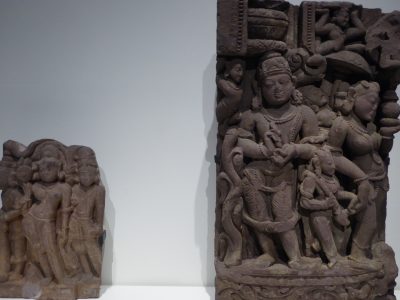
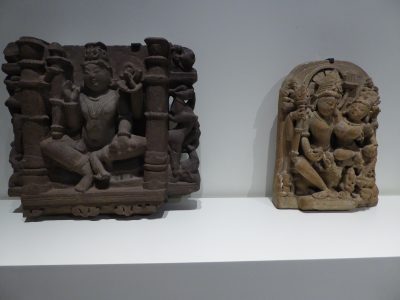
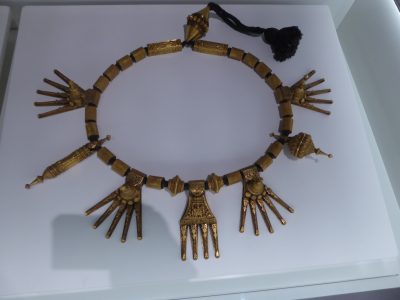
Siva, one of Hindu’s main deities, the destroyer, a god of terrible power, an unknowable, source of absolute energy accompanied by his consort, Parvati, who manifests Siva’s energy in both nature and ice itself.
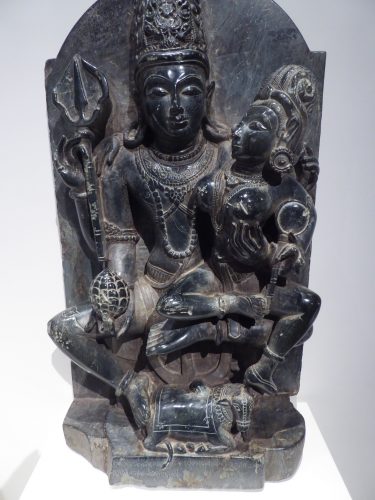
Visnu with his consort Laksmi and surrounded by his 10 incarnations including Krisna holding a plow
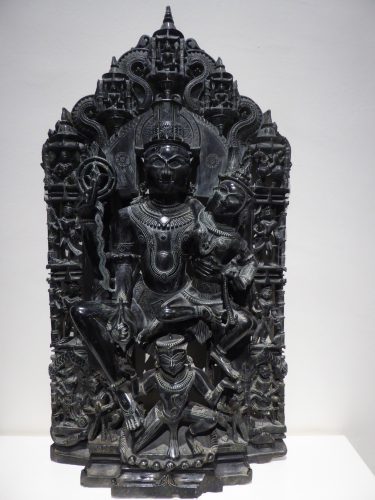
Siva’s third eye symbolizing the destructive power of his gaze.
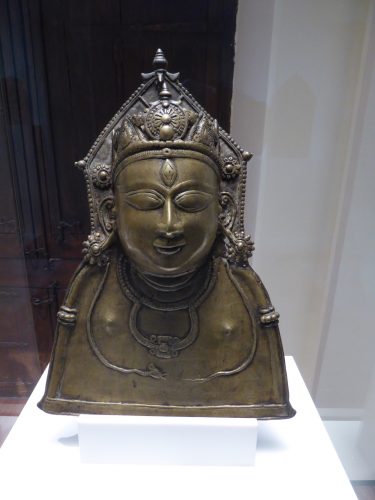
Many of the small statues were carried in parades
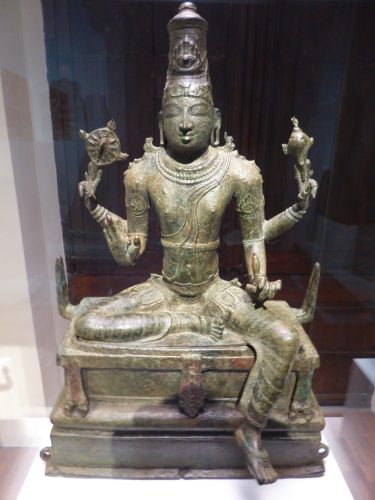
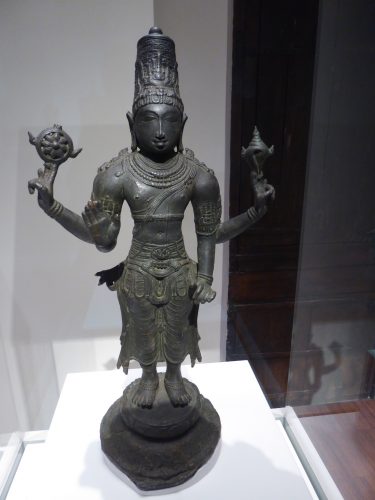
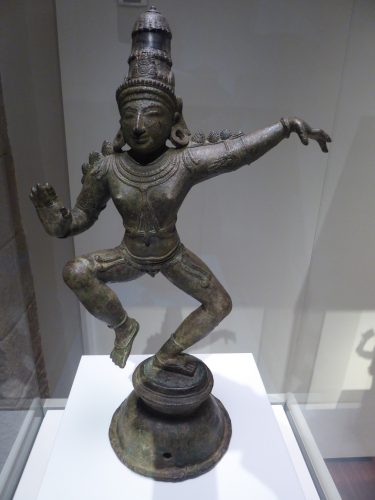
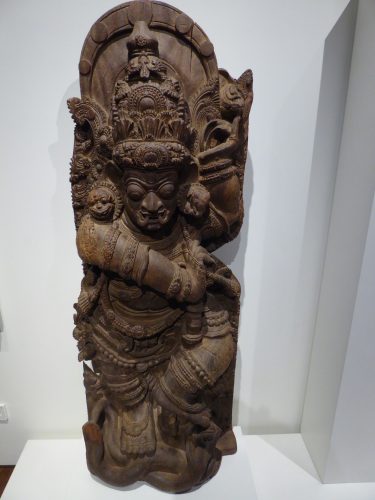
And the third branch of Hinduism is the worship of Sakti, the goddess of earth & fertility
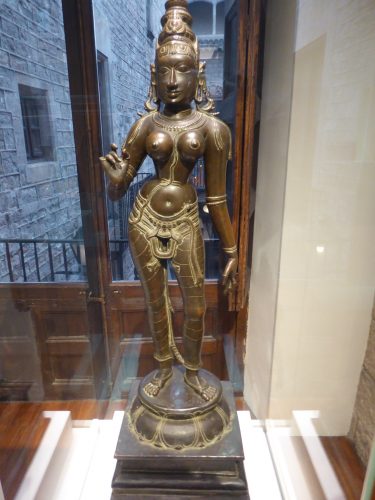
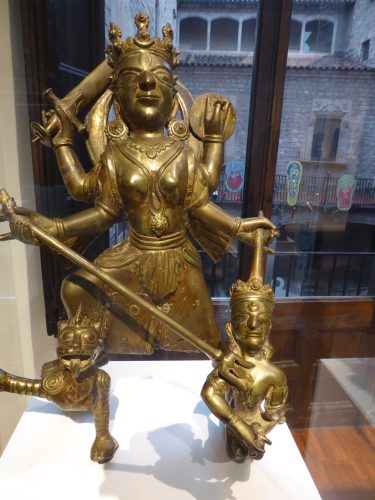
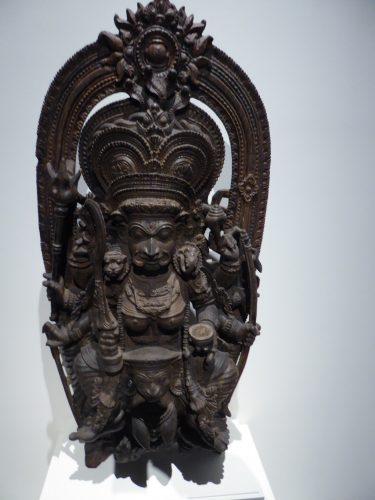
Wall ornamentation from Bengal, India
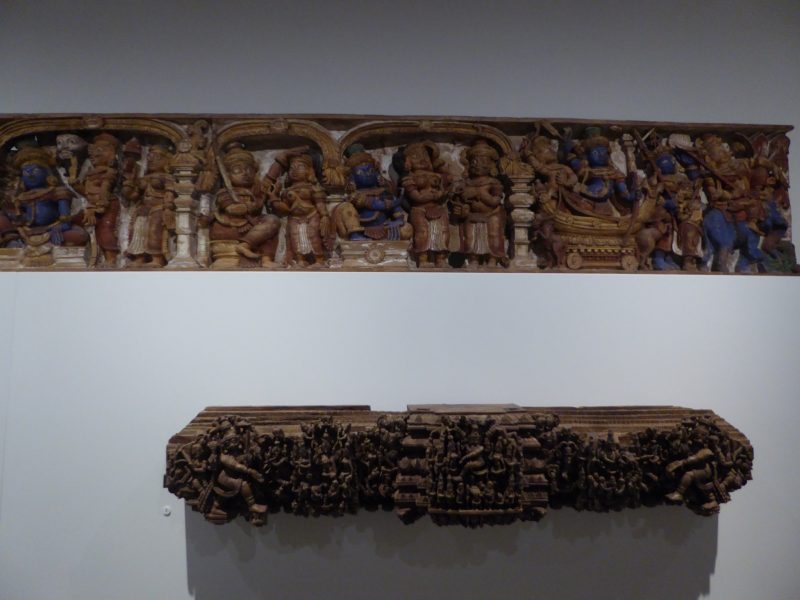
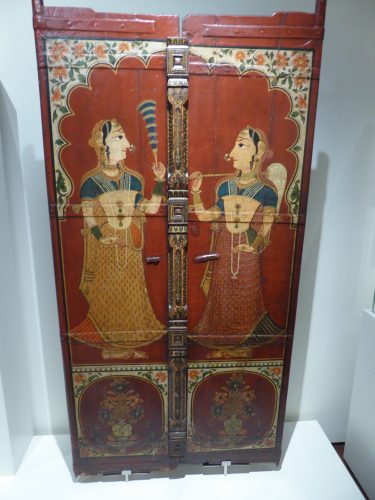
The Newar people habited the Kathmandu Valley and are known for their religious paintings and sculpture. This is a section of wall
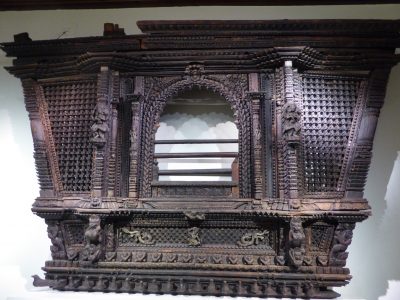
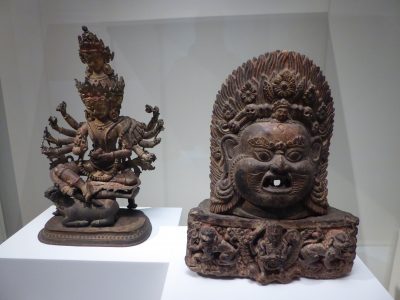
The wood art of the Hindu Kush. Corner chair and a very low table and chair
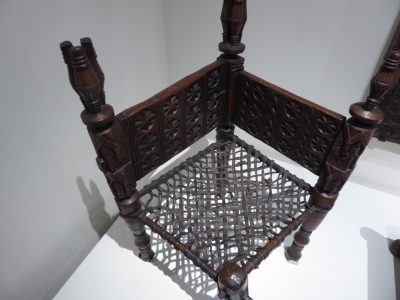
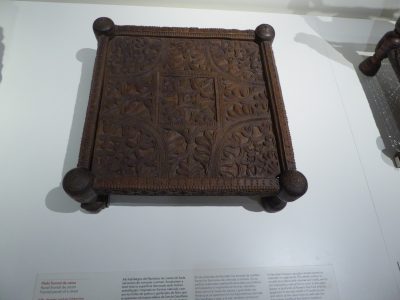
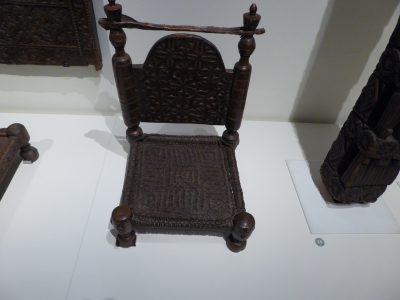
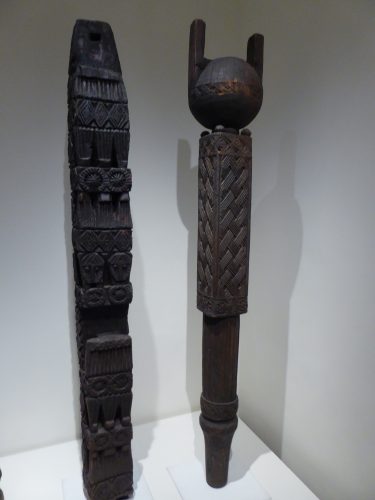
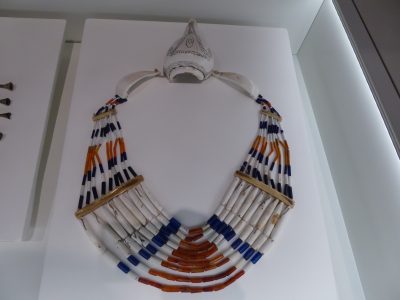
Buddism bases it’s teaching on those of Siddharta Gautama, the Buddha. (560 bc-480 bc)
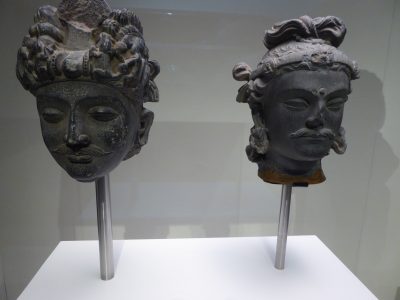
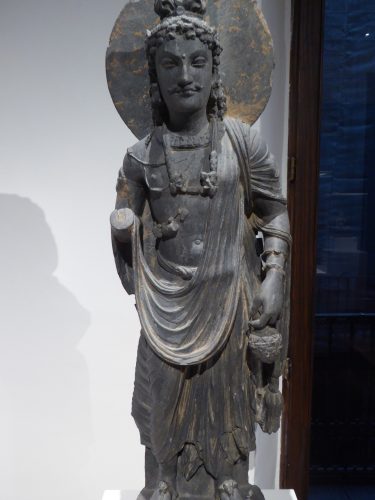
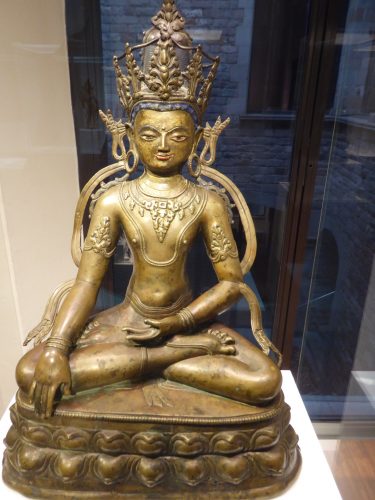
Buddha Aksobhya helps one to overcome rage
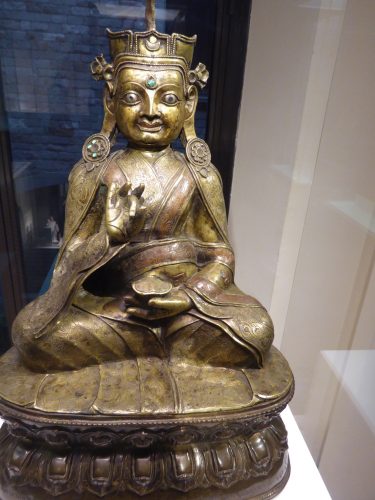
diety & consort
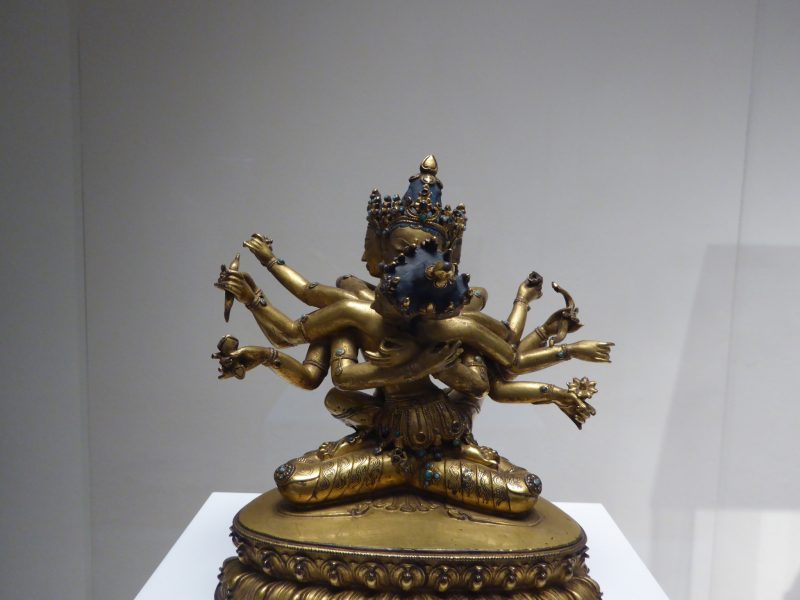
Buddha achieves enlightenment.
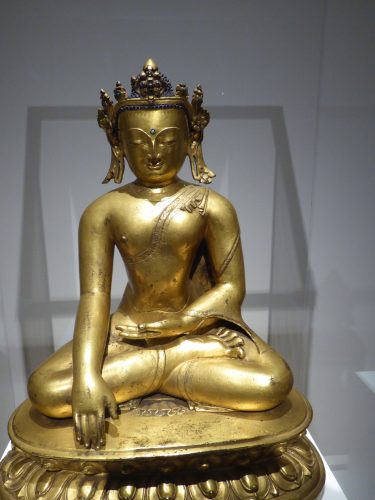
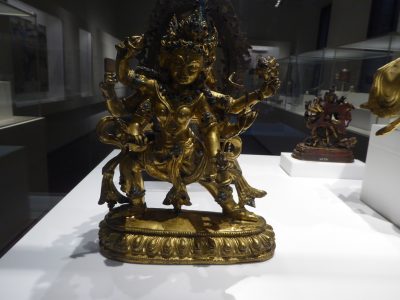
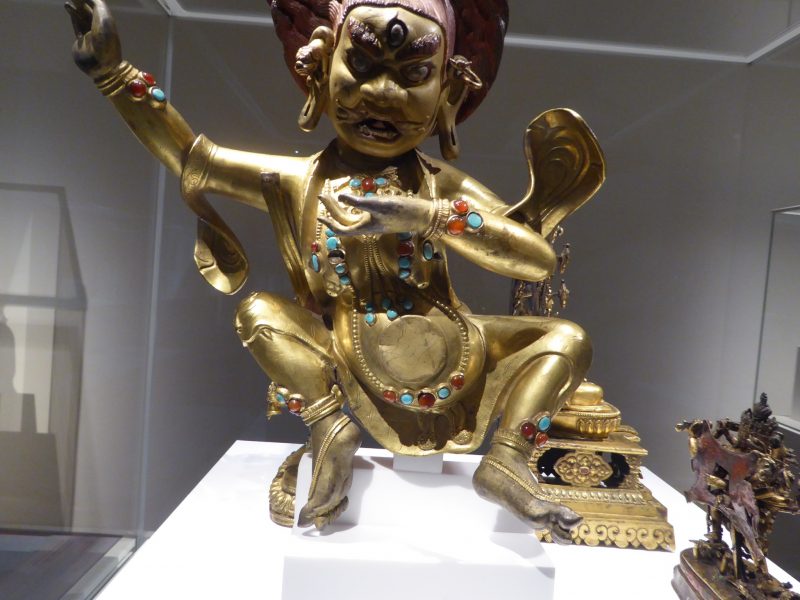
The flute on the right is from a leg bone
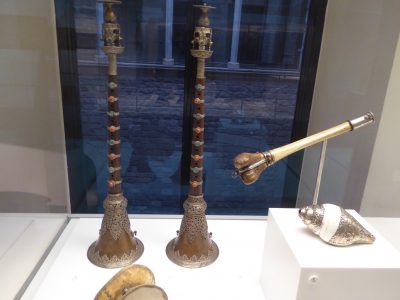
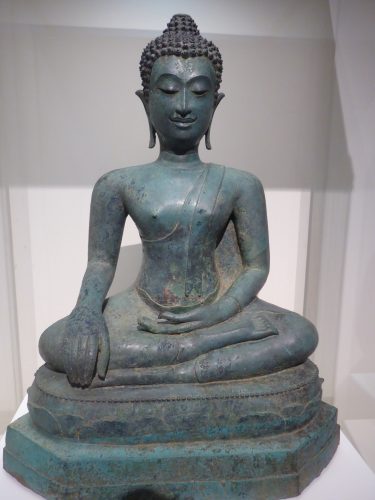
Buddha, palms sup to dispense fear as he carries no weapon.
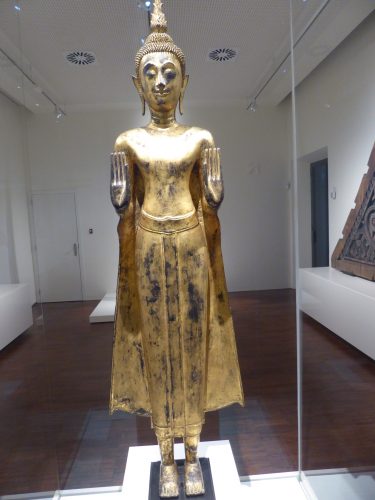
This intricately carved wall helped separate an orchestra from the crowds in Burma.
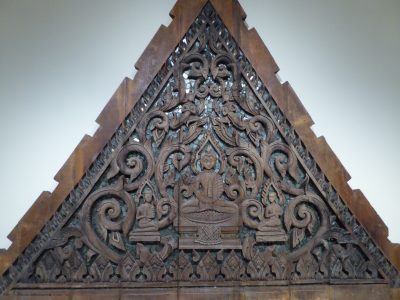
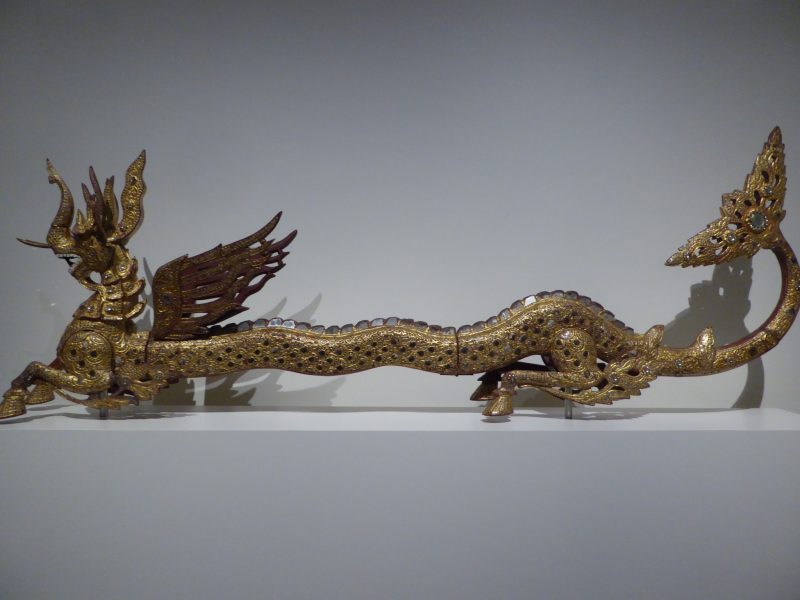
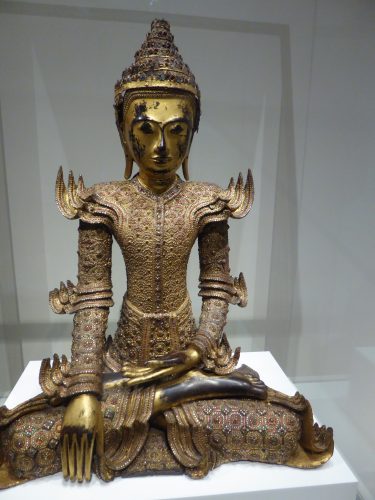
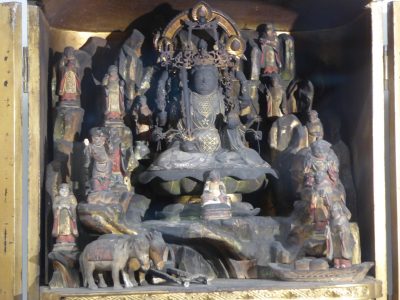
Buddism also took root in China
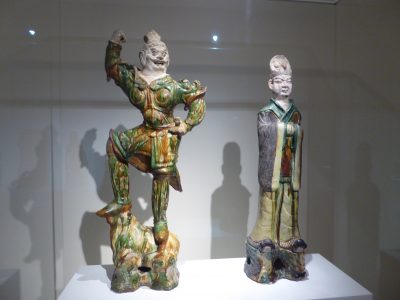
In South America the play ballgames. This one consisted of getting a rubber ball through a ring held high on a wall. Losers were usually decapitated.
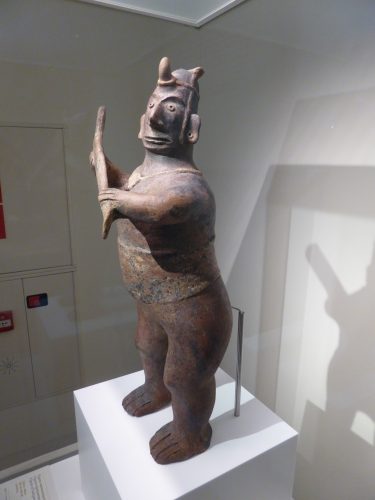
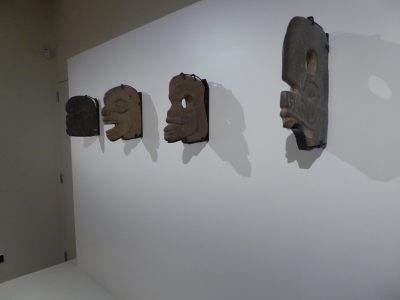
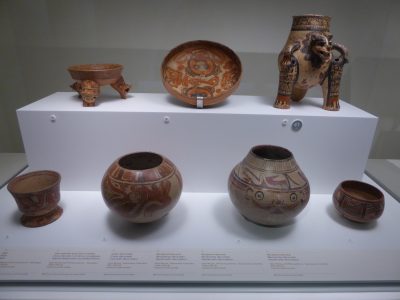
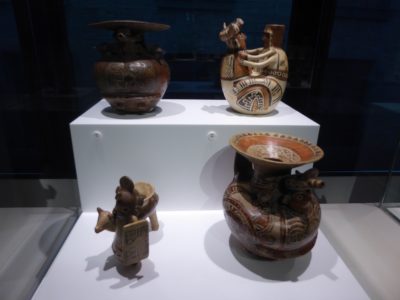
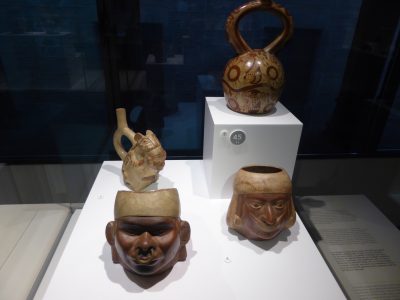
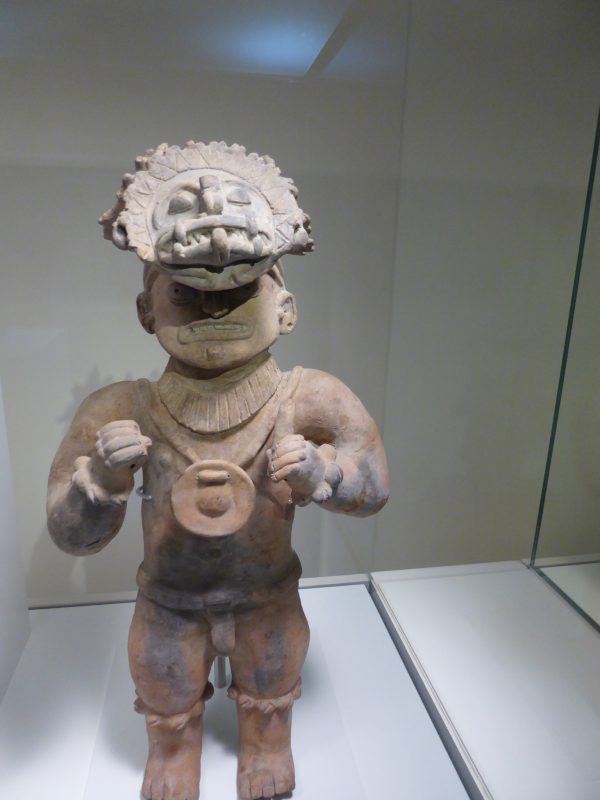
{ 0 comments… add one now }